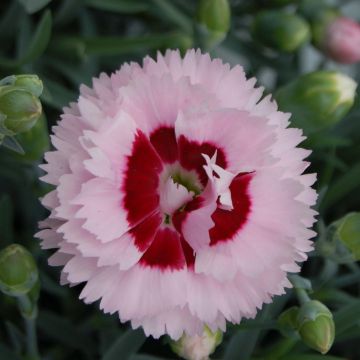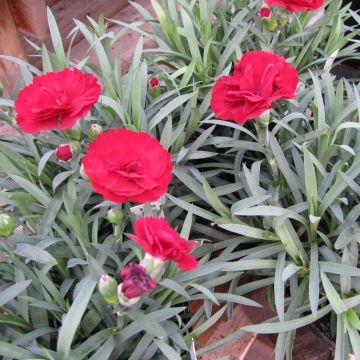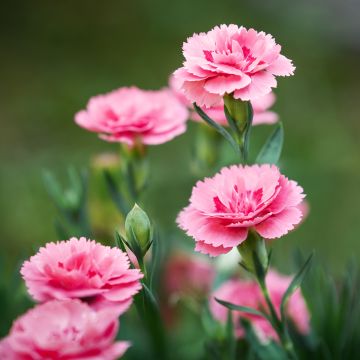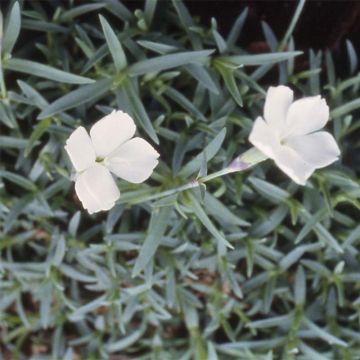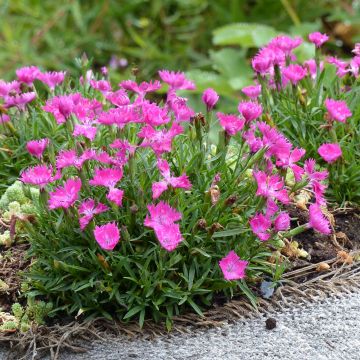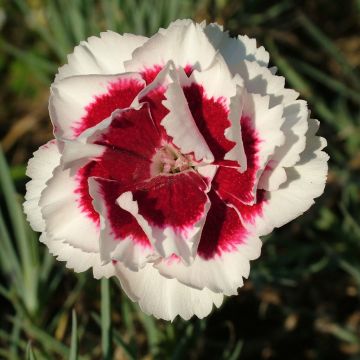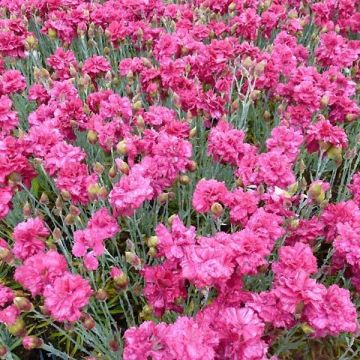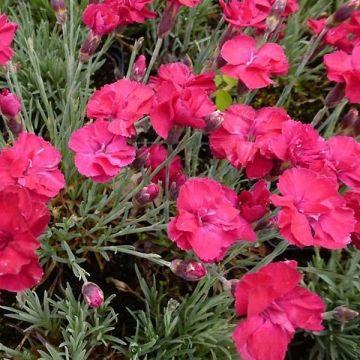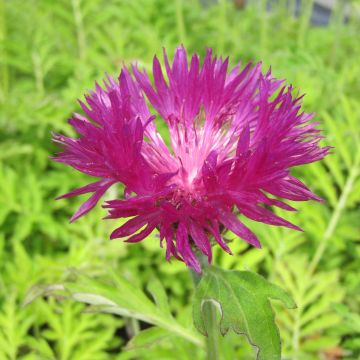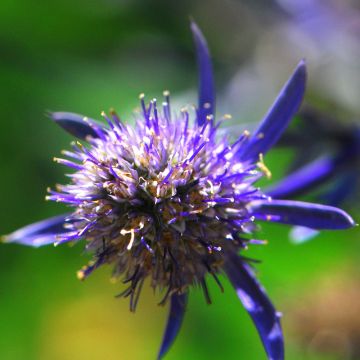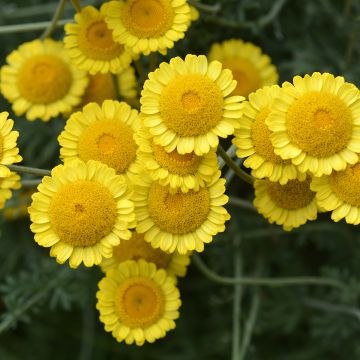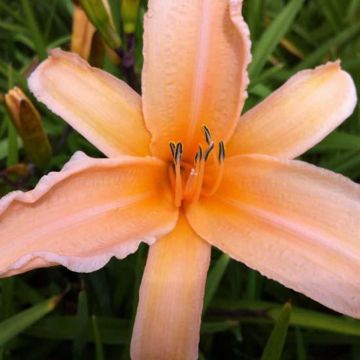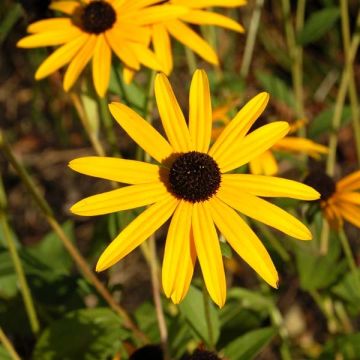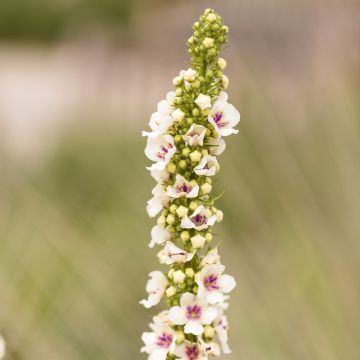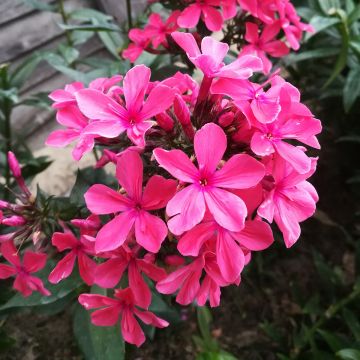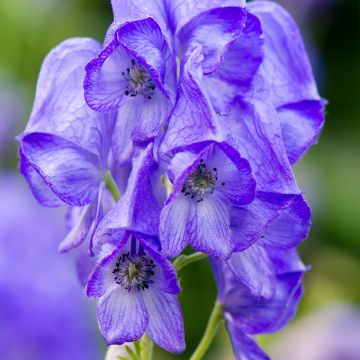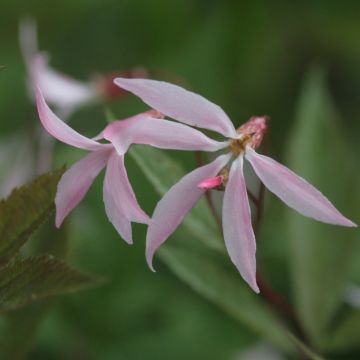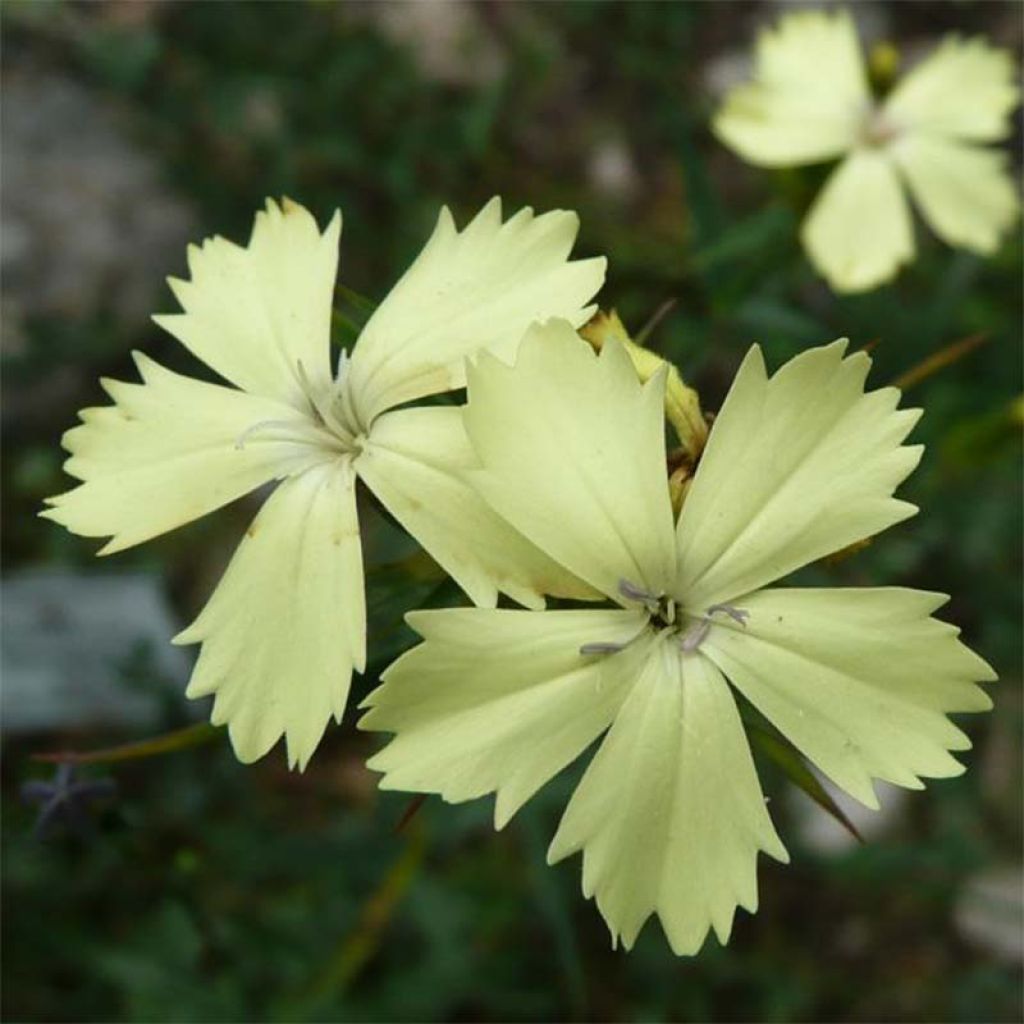

Dianthus knappii
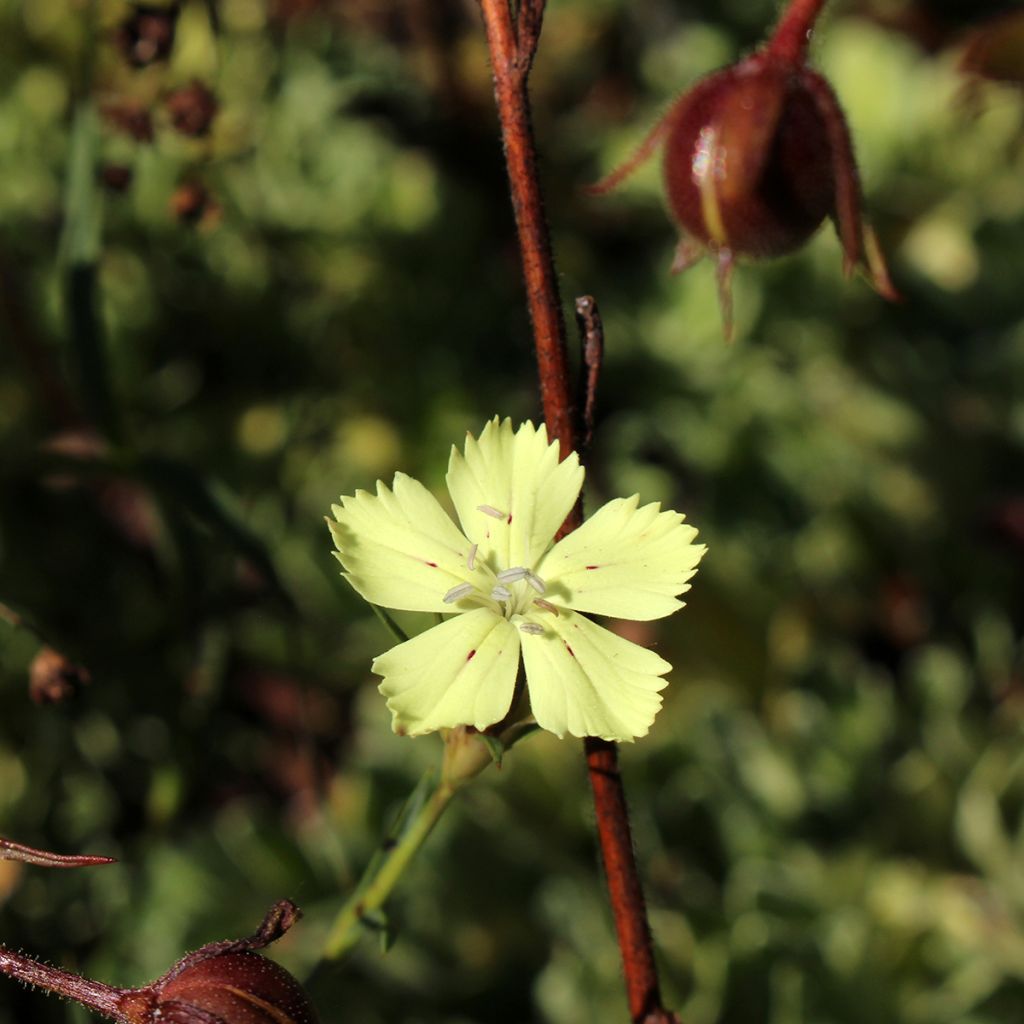

Dianthus knappii
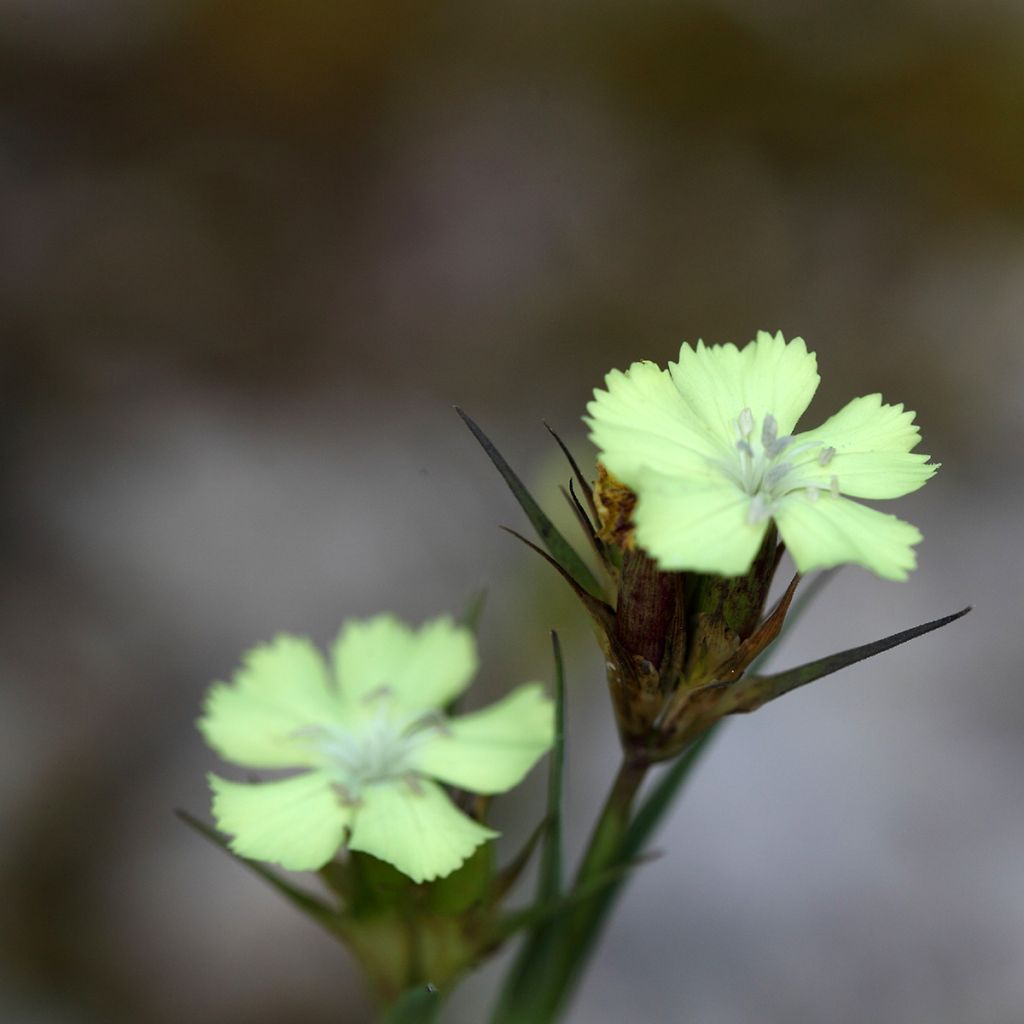

Dianthus knappii
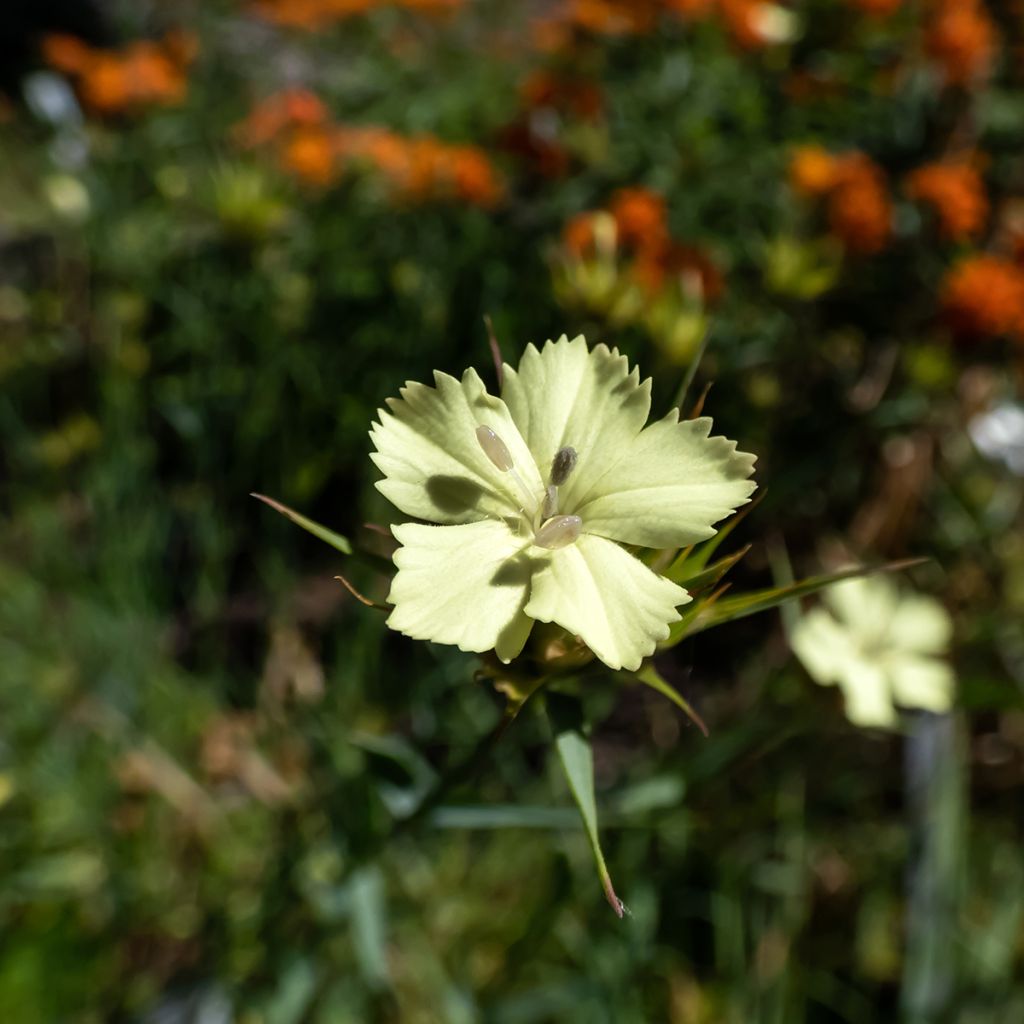

Dianthus knappii
Dianthus knappii
Dianthus knappii
Knapp's Carnation
This item cannot be shipped to the selected country
Delivery charge from €5.90
More information
Schedule delivery date,
and select date in basket
This plant carries a 12 months recovery warranty
More information
We guarantee the quality of our plants for a full growing cycle, and will replace at our expense any plant that fails to recover under normal climatic and planting conditions.
From €5.90 for pickup delivery and €6.90 for home delivery
Express home delivery from €8.90.

Does this plant fit my garden?
Set up your Plantfit profile →
Description
Dianthus knappii, or Knapp's Carnation, is a botanical species native to the Balkans, rare in cultivation. It is distinguished by its longevity and by its pale-yellow flowers with a reddish reverse, an unusual colour among carnations. Truly perennial, it will produce small bouquets of light and soft yellow flowers year after year. The flowers emerge above a tuft of dark green evergreen foliage. Perfectly hardy, it combines strength, frugality, and delicacy. A plant for collectors. Ideal in rockeries and on walls, in full sun and well-drained soil.
Knapp's Carnation belongs to the Caryophyllaceae family. It is endemic to a border area between Bosnia Herzegovina and Montenegro located in the Dinaric Alps. The habitat of this carnation consists of warm and dry areas on the edge of forests, in clearings and dry meadows, in shallow and often limestone rocky soil. Its growth is quite fast. Its adult size will not exceed 30cm (12in) in height when flowering with a similar spread. This plant forms a small spreading clump with a loose habit. Its dark green linear and lanceolate leaves are evergreen and leathery, measuring 1.5cm (1in) long and 2 to 4mm (1in) wide. Flowering takes place in May and June, sometimes in July depending on the climate and can reoccur in autumn. The plant then produces slender stems that bear 3 to 4 small single flowers, 1.5cm (1in) wide, formed by 5 dentate petals of sulphur-yellow colour with a washed red reverse.
Dianthus knappii is ideal for embankments and rockeries. It is not commonly seen in gardens. Its advantages are its tender yellow flowering, a unique colour in the world of carnations, and its excellent adaptation to dry rockeries. It will be particularly suitable for dry or alpine gardens, on a poor bank, and wherever the soil lacks depth. It can be accompanied by sedums as well as other flowering cushions such as helianthemums, dwarf artemisia (Artemisia lanata), Caucasian rock cress, Phlox subulata, Delosperma cooperi, or Erigeron karvinskianus, and bloody cranesbill (Geranium sanguineum). This plant looks lovely between the stones of a wall or pavement.
Report an error about the product description
Dianthus knappii in pictures
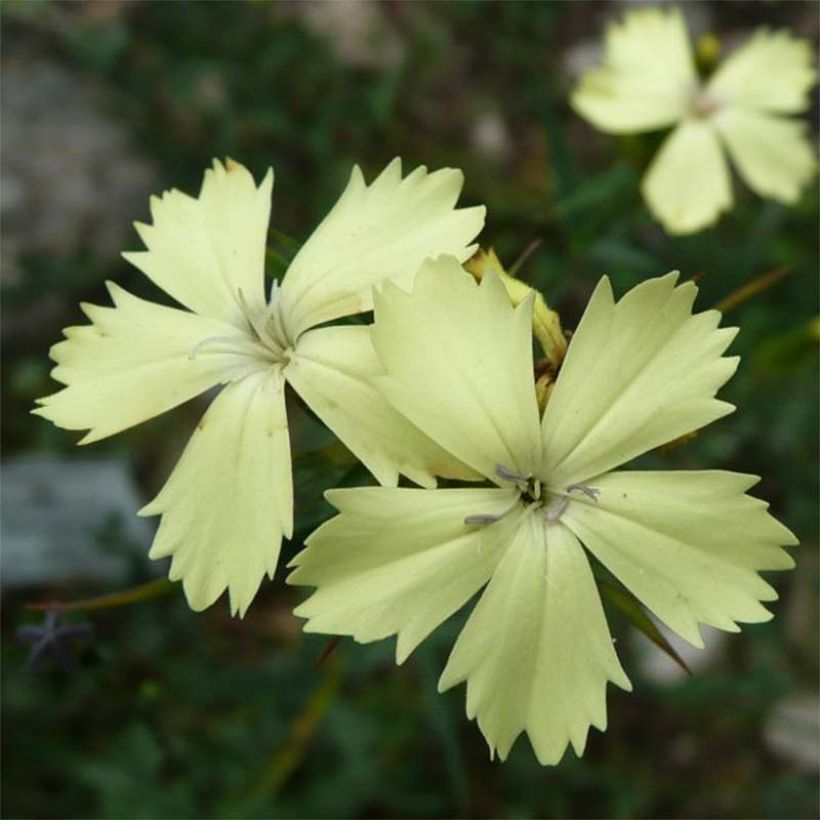

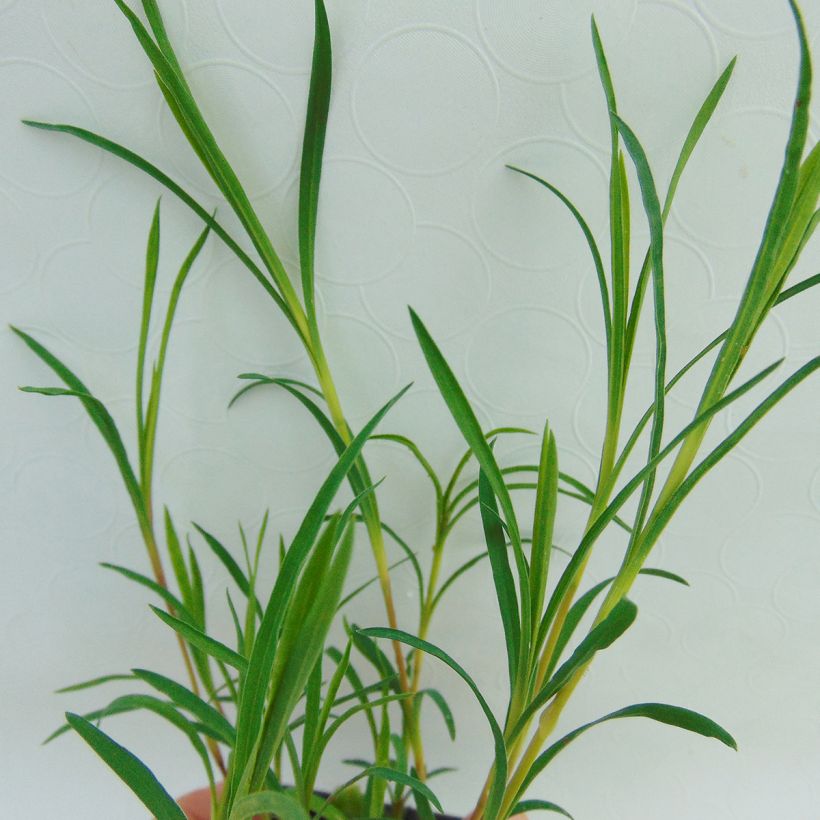

Flowering
Foliage
Plant habit
Botanical data
Dianthus
knappii
Caryophyllaceae
Knapp's Carnation
Eastern Europe
Other Dianthus - Pinks
Planting and care
Plant from October to March in well-drained, dry, poor and stony soil in full sun. In heavy soil or in excessively wet regions, mix sand and gravel with your garden soil, add a little compost and plant on a mound. Don't forget to place gravel at the bottom of the hole for good drainage. Remove faded flowers as they appear to encourage new flowering. Apply fertiliser in spring. Beware of slugs and soil that retains moisture, especially in winter.
Planting period
Intended location
Care
-
, onOrder confirmed
Reply from on Promesse de fleurs
Summer flowering perennials
Haven't found what you were looking for?
Hardiness is the lowest winter temperature a plant can endure without suffering serious damage or even dying. However, hardiness is affected by location (a sheltered area, such as a patio), protection (winter cover) and soil type (hardiness is improved by well-drained soil).

Photo Sharing Terms & Conditions
In order to encourage gardeners to interact and share their experiences, Promesse de fleurs offers various media enabling content to be uploaded onto its Site - in particular via the ‘Photo sharing’ module.
The User agrees to refrain from:
- Posting any content that is illegal, prejudicial, insulting, racist, inciteful to hatred, revisionist, contrary to public decency, that infringes on privacy or on the privacy rights of third parties, in particular the publicity rights of persons and goods, intellectual property rights, or the right to privacy.
- Submitting content on behalf of a third party;
- Impersonate the identity of a third party and/or publish any personal information about a third party;
In general, the User undertakes to refrain from any unethical behaviour.
All Content (in particular text, comments, files, images, photos, videos, creative works, etc.), which may be subject to property or intellectual property rights, image or other private rights, shall remain the property of the User, subject to the limited rights granted by the terms of the licence granted by Promesse de fleurs as stated below. Users are at liberty to publish or not to publish such Content on the Site, notably via the ‘Photo Sharing’ facility, and accept that this Content shall be made public and freely accessible, notably on the Internet.
Users further acknowledge, undertake to have ,and guarantee that they hold all necessary rights and permissions to publish such material on the Site, in particular with regard to the legislation in force pertaining to any privacy, property, intellectual property, image, or contractual rights, or rights of any other nature. By publishing such Content on the Site, Users acknowledge accepting full liability as publishers of the Content within the meaning of the law, and grant Promesse de fleurs, free of charge, an inclusive, worldwide licence for the said Content for the entire duration of its publication, including all reproduction, representation, up/downloading, displaying, performing, transmission, and storage rights.
Users also grant permission for their name to be linked to the Content and accept that this link may not always be made available.
By engaging in posting material, Users consent to their Content becoming automatically accessible on the Internet, in particular on other sites and/or blogs and/or web pages of the Promesse de fleurs site, including in particular social pages and the Promesse de fleurs catalogue.
Users may secure the removal of entrusted content free of charge by issuing a simple request via our contact form.
The flowering period indicated on our website applies to countries and regions located in USDA zone 8 (France, the United Kingdom, Ireland, the Netherlands, etc.)
It will vary according to where you live:
- In zones 9 to 10 (Italy, Spain, Greece, etc.), flowering will occur about 2 to 4 weeks earlier.
- In zones 6 to 7 (Germany, Poland, Slovenia, and lower mountainous regions), flowering will be delayed by 2 to 3 weeks.
- In zone 5 (Central Europe, Scandinavia), blooming will be delayed by 3 to 5 weeks.
In temperate climates, pruning of spring-flowering shrubs (forsythia, spireas, etc.) should be done just after flowering.
Pruning of summer-flowering shrubs (Indian Lilac, Perovskia, etc.) can be done in winter or spring.
In cold regions as well as with frost-sensitive plants, avoid pruning too early when severe frosts may still occur.
The planting period indicated on our website applies to countries and regions located in USDA zone 8 (France, United Kingdom, Ireland, Netherlands).
It will vary according to where you live:
- In Mediterranean zones (Marseille, Madrid, Milan, etc.), autumn and winter are the best planting periods.
- In continental zones (Strasbourg, Munich, Vienna, etc.), delay planting by 2 to 3 weeks in spring and bring it forward by 2 to 4 weeks in autumn.
- In mountainous regions (the Alps, Pyrenees, Carpathians, etc.), it is best to plant in late spring (May-June) or late summer (August-September).
The harvesting period indicated on our website applies to countries and regions in USDA zone 8 (France, England, Ireland, the Netherlands).
In colder areas (Scandinavia, Poland, Austria...) fruit and vegetable harvests are likely to be delayed by 3-4 weeks.
In warmer areas (Italy, Spain, Greece, etc.), harvesting will probably take place earlier, depending on weather conditions.
The sowing periods indicated on our website apply to countries and regions within USDA Zone 8 (France, UK, Ireland, Netherlands).
In colder areas (Scandinavia, Poland, Austria...), delay any outdoor sowing by 3-4 weeks, or sow under glass.
In warmer climes (Italy, Spain, Greece, etc.), bring outdoor sowing forward by a few weeks.

































